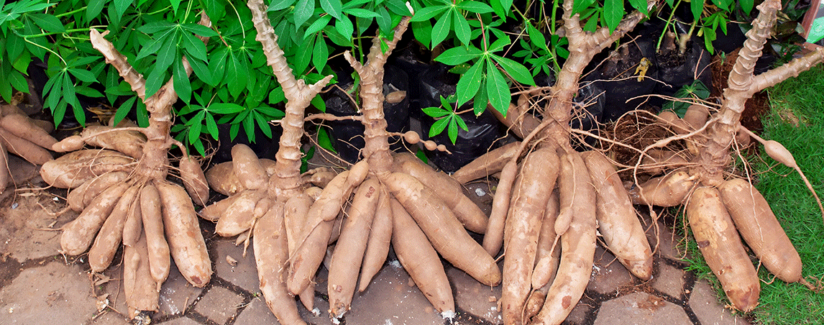
How Can CRISPR Improve Food? Part 3
Blogger Lynne Feifer of 365 Days of Baking has been learning about CRISPR gene-editing technology and its potential. Lynne is usually in her kitchen stirring up new recipes, so she was very interested to learn how CRISPR might be applied to make foods better. She started her journey with Dr. Rodolphe Barrangou who explained how this gene-editing tool works in Part 1. Part 2 looked at how CRISPR could treat disease.
“As a food blogger, I get a lot of my followers coming to me asking for diabetic recipes, gluten-free recipes, allergenic recipes. How does CRISPR fit into that?” Lynne asked.
“Enter CRISPR to the rescue,” Dr. Barrangou said. “If you are allergic or if you don’t like this particular compound in this particular trait, we can inactivate it. We can make gluten-free wheat. We can make hypoallergenic nuts. If we know what the gene is, we can take it out or turn it off or turn it down.”
That’s exactly what Dr. Jessica Lyons and her team are researching at the University of California Berkeley. Their research is focused on using CRISPR technology to remove a deadly compound in the cassava plant, which is also known as yucca.
“Cassava is a really important staple crop for about 800 million people in tropical and subtropical regions of the world,” Dr. Lyons said. She noted that stunting in children under age 5 caused by malnourishment is prevalent in the regions where cassava is widely consumed. However, the plant contains compounds that can cause people to be poisoned from cyanide if the root has not been sufficiently processed.
“If people are relying on cassava and they’re ingesting the cyanide over time, they can get these neurological disorders. The best known one is called konzo and it causes paralysis of the lower extremities,” Dr. Lyons said. “For people who eat plenty of protein in their diet, the cyanide is not as much of a threat. But for people who don’t have much to eat besides cassava, then the cyanide poisoning is more of a threat.”
In the lab, she is working to remove the compounds that cause poisoning.
“We’re going to use CRISPR as a tool to knock out some genes that are very important for the pathway that result in these cyanogenic glucosides. We expect that by knocking these genes out, we’ll remove the cyanogenic glucosides from the root and so the cassava will not release the cyanide any more,” Dr. Lyons said.
Lynne observed that Dr. Lyons is very passionate about the project and asked why. “I’ve been the recipient of a great deal of privilege in my life and I’m aware of that. I think that my work on projects like this are a great opportunity to use the knowledge and the resources and skills that I have to have a positive impact on the world,” she said.
Lynne said her experiences learning about CRISPR had been enlightening.
“After my series of conversations with researchers, it is clear to me CRISPR technology has the potential to make a positive impact on the world in human medicine, disease prevention and food improvements –- and that’s only a few of the possibilities,” she said.
The other videos in the series are What is CRISPR Technology? and How Can CRISPR Treat Disease?



























